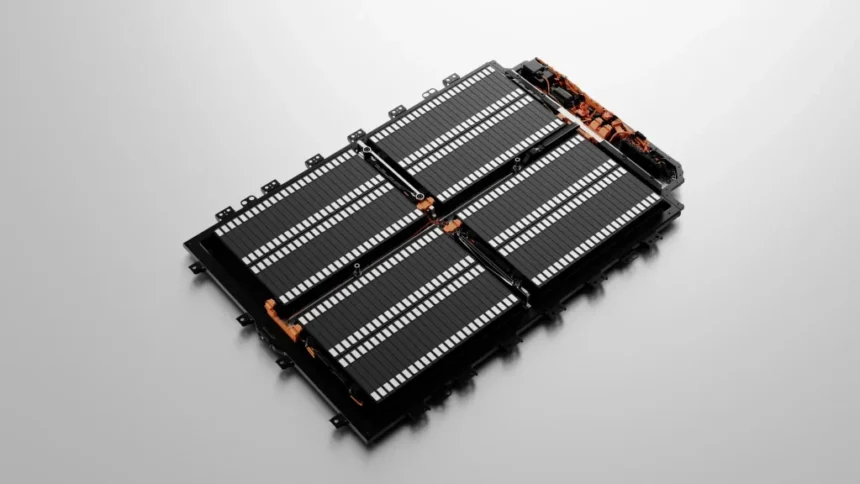ResearchInChina recently published a comprehensive report on Integrated Battery (CTP, CTB, CTC, and CTV) and Battery Innovation Technology for the year 2025. This report highlights the current status of integrated batteries and battery innovation technologies, as well as predicts future trends in this rapidly evolving industry.
Integrated battery technologies have been gaining traction in the electric vehicle market, with a focus on battery pack integration and body integration. CTP (Cell to Pack) technology and CTB (Cell to Body)/CTV (Cell to Vehicle) and CTC (Cell to Chassis) integration methods have been implemented in 17 different vehicle models. These integrated technologies aim to increase the range of electric vehicles, improve body rigidity, enhance driving comfort, and optimize interior space. Major automakers like Geely, Leapmotor, BYD, and Tesla have already adopted these technologies, with others like Changan and Avatr following suit.
Geely recently introduced the Aegis Dagger Battery, a blade-type LiFePO4 battery that utilizes CTB integration to enhance safety and structural integrity. Leapmotor also unveiled the CTC 2.0 Plus, featuring advanced safety, integration, and intelligence upgrades compared to its predecessor.
Battery suppliers have been actively innovating, with 34 new battery technologies released between 2024 and 2025. BMW introduced its sixth-generation power battery, utilizing large cylindrical cells for the first time. CATL has been at the forefront, unveiling 7 new battery technologies that have been widely adopted in various vehicle models. CATL’s 6C LiFePO4 battery, for example, can provide an additional 350 kilometers of range in just 10 minutes of charging.
Fast-charging batteries have seen significant improvements, with charging rates increasing from 6C to 10C. Companies like BYD have developed flash charging batteries with a charge and discharge rate of 10C, enabling rapid charging speeds and significant range improvements.
Batteries tailored for PHEVs and EREVs have also become a key focus for the industry. These batteries aim to balance electric range, fast charging capabilities, and long lifespan. CATL and SVOLT Energy have introduced specialized batteries for PHEVs and EREVs, with plans to apply them to a range of models from various automakers.
Overall, the integrated battery and battery innovation technology landscape is rapidly evolving, with advancements in safety, integration, intelligence, and fast-charging capabilities driving the industry forward. Manufacturers and automakers continue to push the boundaries of what is possible in the electric vehicle market, paving the way for a more sustainable and efficient future.






